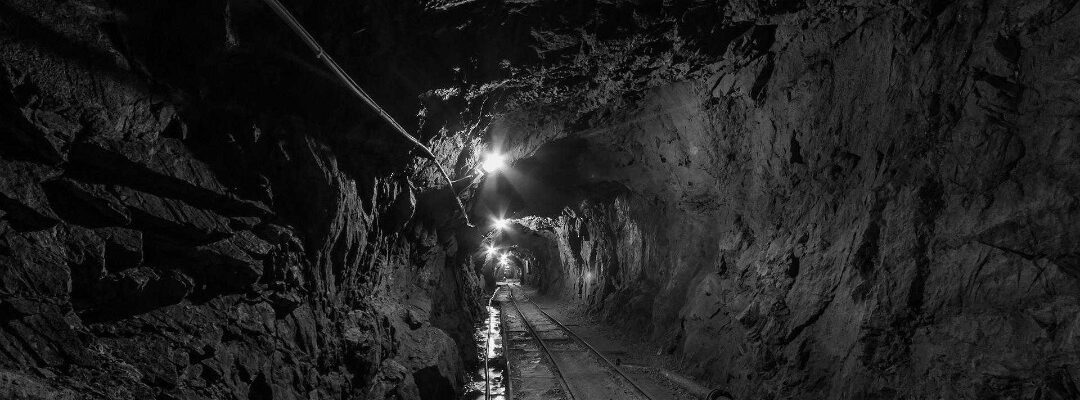
With Uranium prices rising rapidly, will this be the first step towards utilWith Uranium prices rising rapidly, will this be the first step towards utilization of Afghanistan’s uranium wealth?
Following invasion of Ukraine by Russia, uranium prices have jumped significantly, standing at almost $59/lb at time of writing.
2021 had already seen a significant upward trend in Uranium spot prices, driven by increased demand, supply disruption, and supply restrictions. The most notable impact was the decision by Kazatomprom, the national uranium mining company of Khazakstan, to reduce production across the country’s mines by almost 20% into 2022. Combined with the unrest in Khazakstan in late 2021, there is now major uncertainty hanging over the country which until now has supplied 45% of the world’s raw Uranium.
This shortage of supply has been compounded by the sanctions on Russia, which have threatened to extend to nuclear fuels. Although less lopsided than the supply of raw uranium, refinement is dominated by just 4 countries; France, Canada, the USA, and Russia. Rosatom, the Russian state nuclear energy company, produces approximately 20% of the world’s processed nuclear fuel and exports large quantities to the USA and Europe.
The Uranium price is therefore likely to experience continued upward pressure over the coming years, with disruption and constraint of both raw material supply and processing capacity. In this context, what will the effect be on western Afghanistan?
Among the great mineral wealth sitting untapped below Afgahnistan’s soil, the deserts of western Afghanistan are home to a major uranium deposit. The existence of this deposit was first suggested by the US geological survey of the country, which revealed a 5km stretch of uranium rich ground to the west of the Harut river, south of Shindand.
This area is not a focus of current mining in Afghanistan. Much of the mining activity in the country occupies a legal grey zone and is focussed on historically well known deposits of precious and semi precious minerals, as well as coal. With few exceptions, the Afghan mining sector can be described as ‘artisanal’ or small scale (ASM), and is economic only thanks to the great concentration of mineral wealth that Afghanistan holds.
Interestingly, the subject of Uranium is far more widely discussed in Kabul than it is in Herat of Kandahar (or indeed in Shindad). Speaking with sources in the provinces of Herat and Farah, very few were aware of the potential uranium deposit in their vicinity. However, in 2016/2017 the subject did achieve some national notoriety after then MP Obaidullah Barakzai accused the US of secretly extracting uranium from Helmand and smuggling the ore (along with opium) out of the country by plane. The original accusation was made to the Russian news agency Sputnik and later featured in a parliamentary debate. On the ground in Helmand, however, with little evidence of any such activity the subject seems to have attracted little attention in a region better known for its mining of dimension stones such as granite or onyx.
Even with uranium prices on track to hit $60/lb, it is hard to see the new Taliban government successfully commercializing the large scale extraction and export of nuclear material. Much more likely, is that demand from two of Afghanistan’s closest neighbours, may begin to drive illicit exploration and extraction of raw uranium ore.
Iran and Pakistan both pursue nuclear energy and weapons as core pillars of their geostrategic goals. Sanctions on the import of nuclear material to both countries have driven a focus on domestic uranium extraction and refinement; and although both have successfully expanded and developed their refinement capabilities, neither has identified a reliable supply of high grade uranium. Pakistan has extremely low grade reserves while Iran’s Uranium mines, such as Saghand, struggle to extract underground ores of greater than 553ppm uranium content. In contrast, as with much of Aghanistan’s untapped mineral wealth, the Herat deposit holds the alluring potential of much higher grade ore.
As the Taliban moves to outlaw the cultivation of opium, a major part of the economy in the southwest of the country, exploratory activities in Afghanistan’s legally grey mining sector may see a significant uptick. With pressure on uranium supplies growing, will it be Iranian and Pakistani buyers who secure the first exploitation of Afghanistan’s nuclear wealth?
This article was originally written for Pech Research.
Pech Research provides in depth research in the Farsi speaking world, with a specific focus on Afghanistan. We maintain access to a network of over 200 contacts in Afghanistan, covering every province and all major cities.
Pech Research offer in depth and up to date understanding of the Afghan market in the form of thematic sector reports, and bespoke consulting contracts.